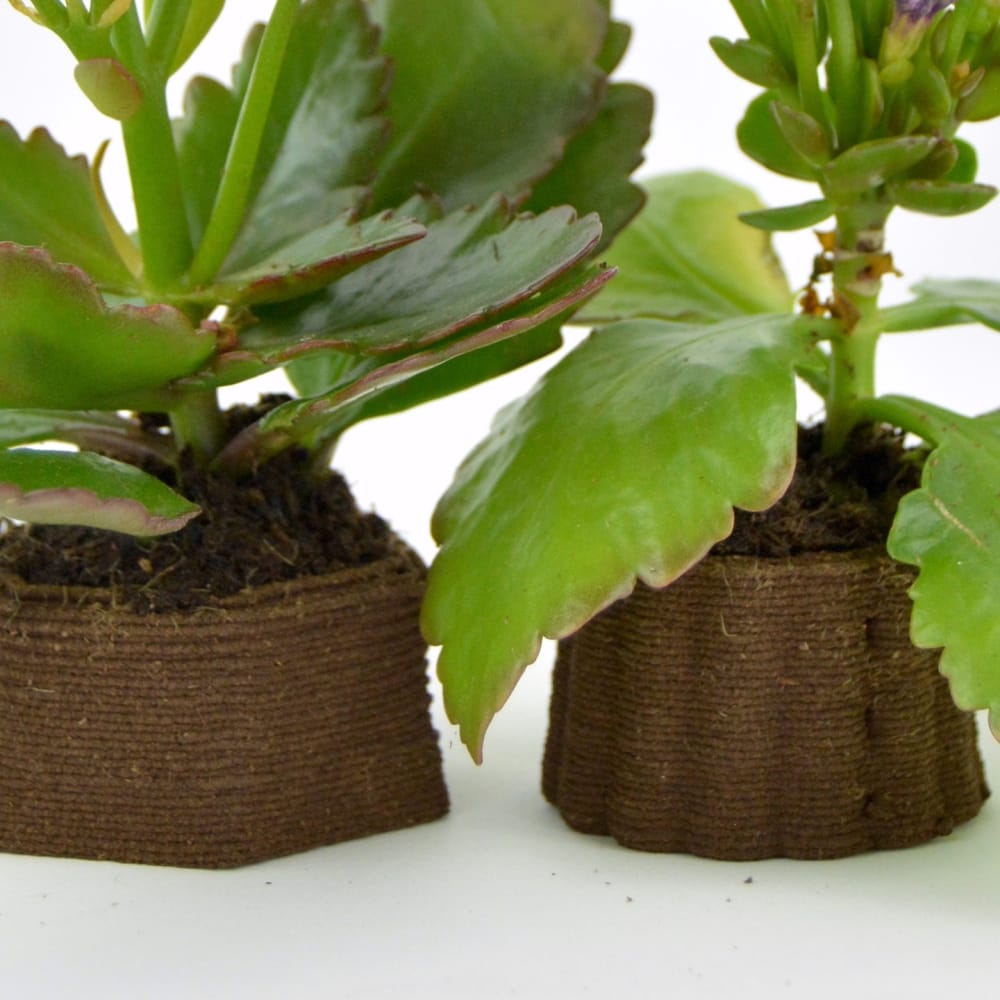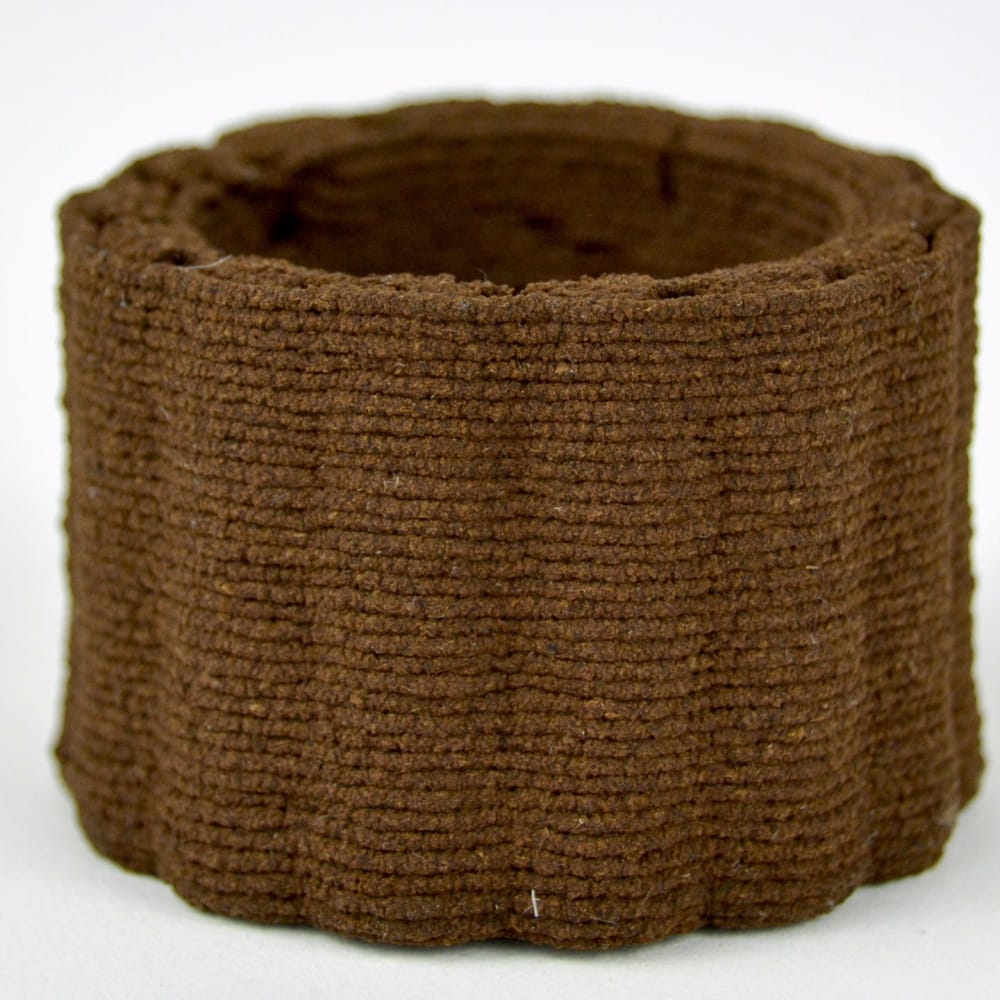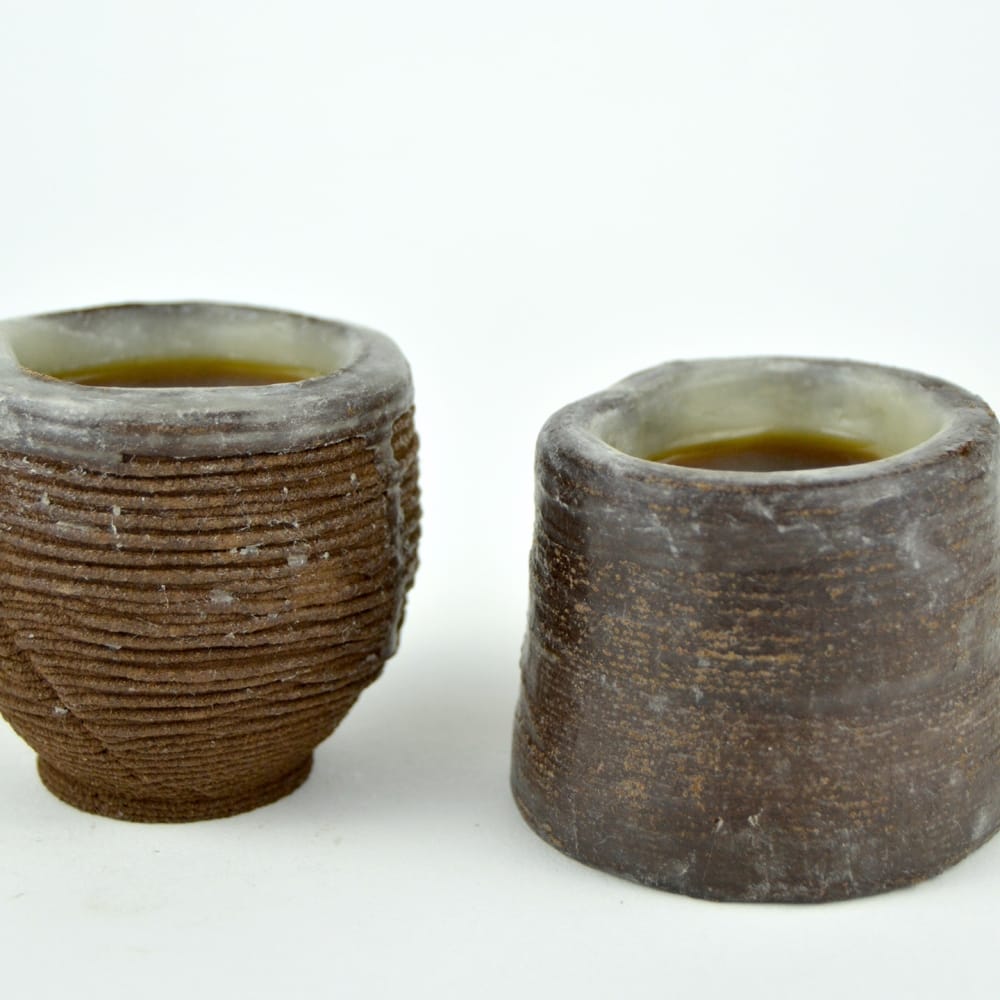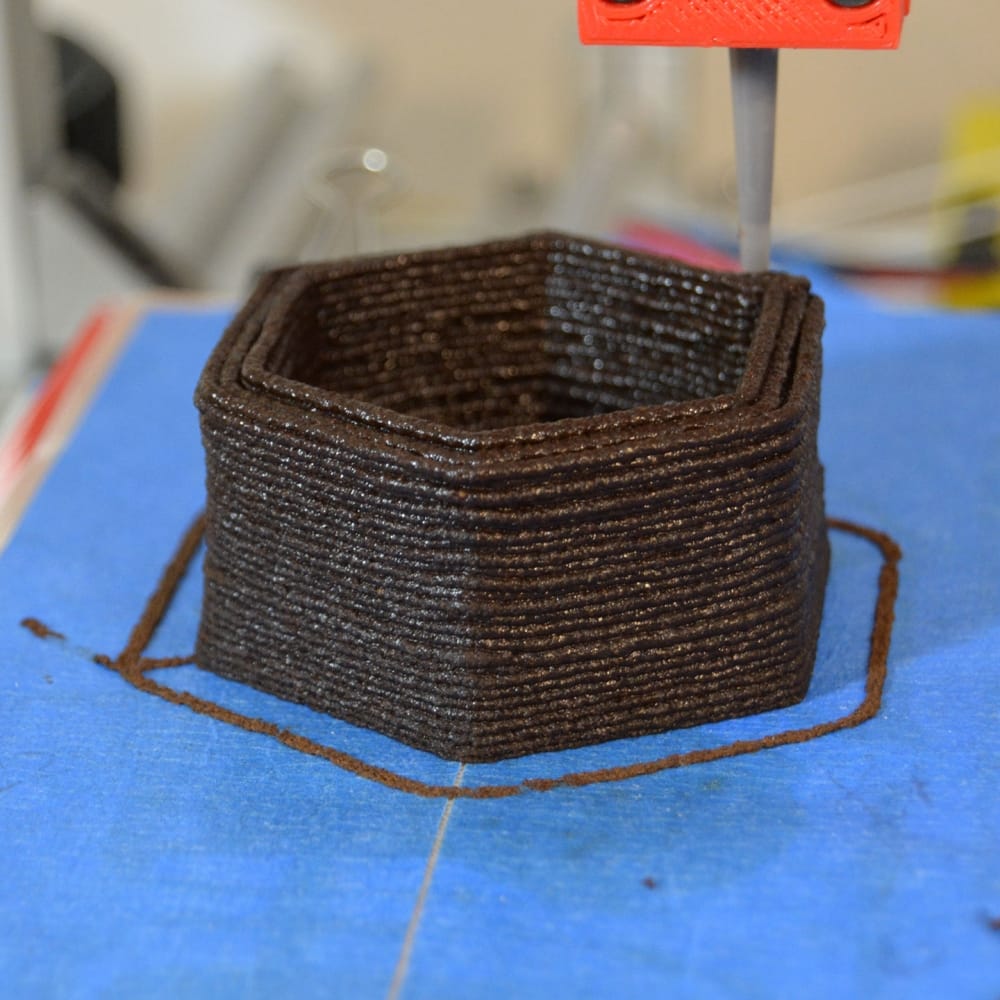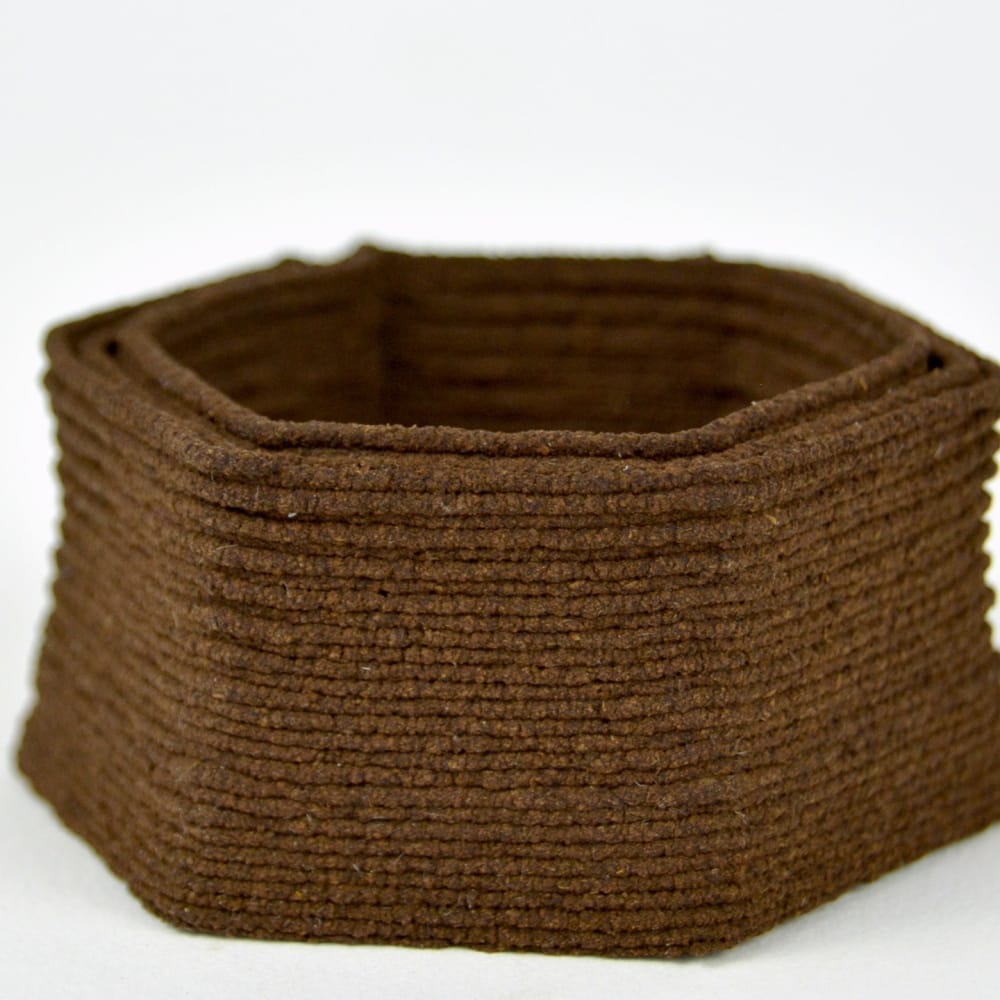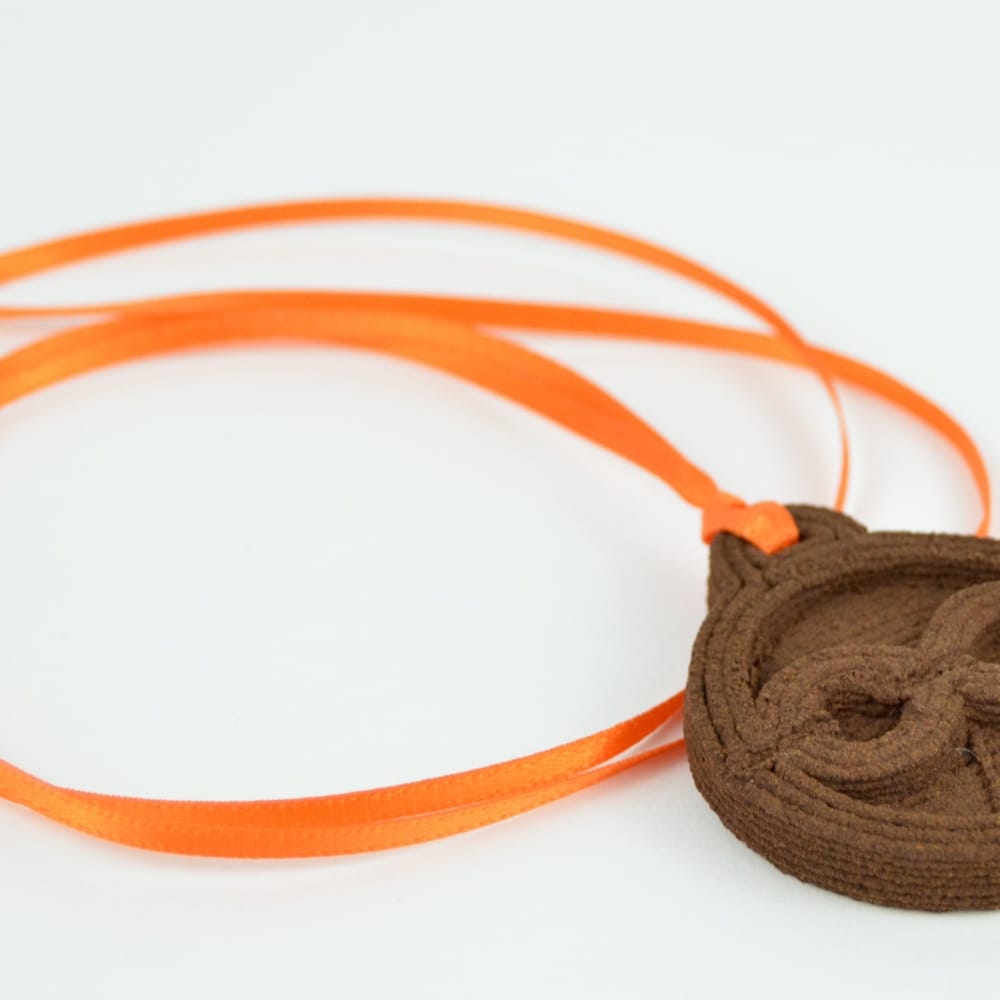Coffee Grounds as a 3D Printing Material
From Spent Coffee to Compostable Thermoplastic
Millions of tons of coffee grounds are generated annually globally. With the growing interest of upcycling and reusing the bi-product, numerous innovative concepts and projects have been in research. Michael Rivera and his team have developed a process on how to recover spent coffee grounds from local coffee shops and convert them into a material for 3D printing. The material consists of over 85% spent coffee grounds mixed with cellulose gum, xanthan gum, and water. All objects printed with this material are fully biodegradable and can even be composted at home in contrast to thermoplastics typically used for 3D printing. All objects made with this material can also be broken up, put back into a coffee grinder, and re-printed again to eliminate waste when prototyping. Not only does this material reduce waste, it also minimizes energy use as it uses no heat during printing.
Michael and his team has already experimented with their material to craft jewelry, plant pots, and of course, expresso cups. They claim the technique, with some modifications, will also work on some low-cost consumer-grade 3D printers.
More information about the material, how to make it, and its uses can be found in the open-access research paper.
Product Name: 3D Printable Spent Coffee Grounds Material
Manufacturer: Utility Research Lab, ATLAS Institute, University of Colorado Boulder, Head Researcher: Michael Rivera
Project Status: Concept // Prototype // Market Ready // Series Production Ready
Source: Utility Research Lab, ATLAS Institute, University of Colorado Boulder
Image Source: Utility Research Lab, ATLAS Institute, University of Colorado Boulder

